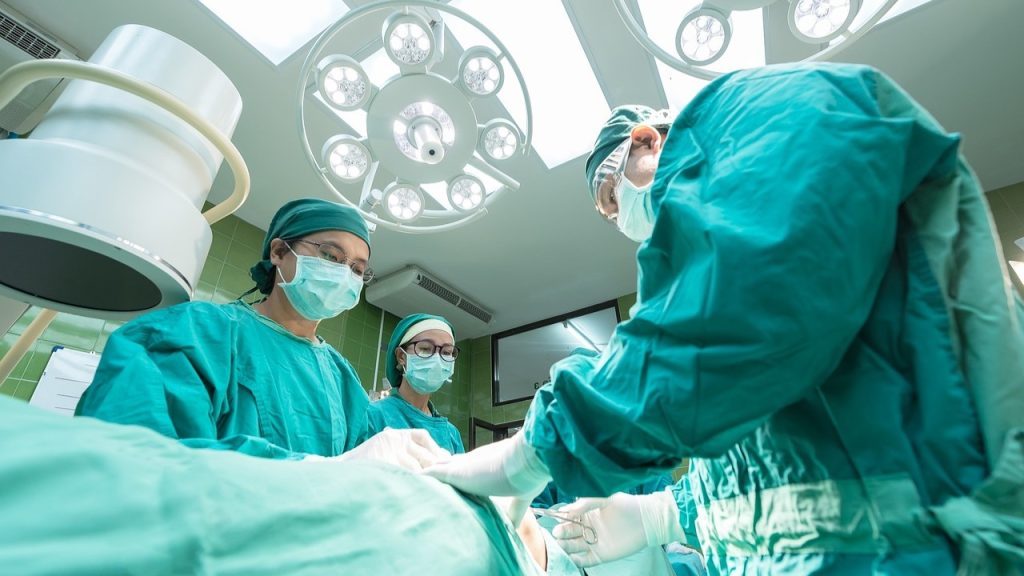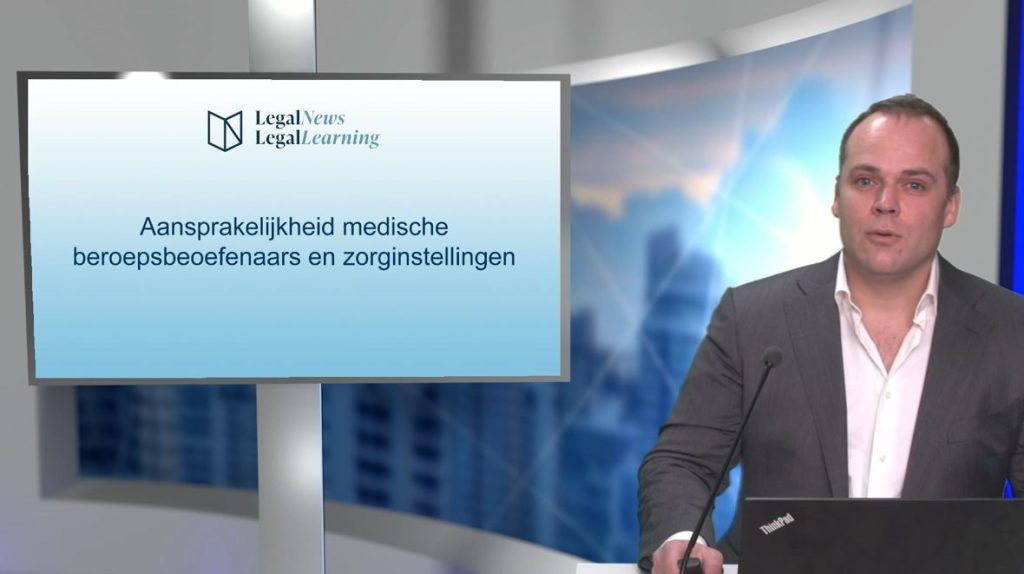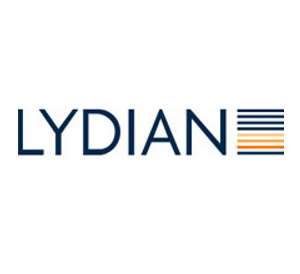De invoering van Boek 6
en de impact voor de medische sector
Prof. dr. Christophe Lemmens (Dewallens & Partners)
Webinar op vrijdag 4 oktober 2024
Liberalisation of the Distribution of Medical Devices (NautaDutilh)
Authors: Christel Brion, Florence Verhoestraete, Jeroen Boelens en Vincent Wellens (NautaDutilh)
Publication date: 19/02/2019
Until recently, certain medical devices could only be distributed in Belgium through limited channels (pharmacies or dental practitioners). In addition, Belgian law prohibited the sale of some medical devices directly to physicians; consequently, patients could obtain such devices only from pharmacies.
A royal decree which entered into force on 7 February has repealed these restrictions, thereby liberalising the distribution of medical devices in Belgium and aligning the Belgian market to those of most other EU Member States.
Patients and healthcare professionals can now buy the medical devices in question directly from any distributor (pharmacies, supermarkets and parapharmacies) duly registered with the competent authority for this purpose or even directly from the manufacturer.
Why did Belgium revise its distribution rules?
The royal decree forms part of a series of measures designed to implement Regulation (EU) 2017/745 on medical devices.
On its website, the Belgian Medicines Agency furthermore explains that the Belgian distribution rules were not adapted to evolving medical and patient needs and hindered international trade as they relied on classification rules that were applicable only in Belgium and did not correspond to European regulations.
Which medical devices are concerned?
Paragraphs 3, 6, 7, 8 and 9 of Article 10bis of the Royal Decree of 18 March 1999 on medical devices, which governs the distribution of certain medical devices, were repealed by the Royal Decree of 28 January 2018, meaning that the distribution channels for the following medical devices (listed in Annex XIII of the aforementioned royal decree) have been liberalised:
- sterile medical equipment that comes into contact with patients (such as dressing materials and compresses);
- sterile injection, perfusion, transfusion and drainage equipment, probes and catheters, and any equipment intended for medical or obstetric intervention that is presented as sterile, including irrigation solutions and concentrates for hemodialysis;
- implantable medical devices (sterile or not);
- medical devices intended for birth control and/or those intended for the prevention of sexually transmittable diseases;
- medical devices similar to drugs and/or that have been previously registered as such;
- medical devices used in dentistry, including custom-made devices (such as amalgams, crowns and prostheses);
- systems and kits consisting of medical devices referred to above.
The royal decree also repealed Article 19 of the Royal Decree of 15 July 1997 on active implantable medical devices which provided that such devices could only be “received, stored and supplied” by hospital pharmacies.
Liberalisation, not deregulation
While distribution channels for medical devices have been liberalised, this does not equate to deregulation. All distributors of medical devices must still comply with the Belgian rules on the distribution of such devices. For instance, they must register as a distributor of medical devices with the Belgian Medicines Agency, comply with good distribution practices and adhere to the same quality safety and traceability criteria as pharmacists. Furthermore, the distributors of medical devices in Belgium are subject to transparency reporting obligations (betransparent.be).
This liberalisation opens up new perspectives for the manufacturers of medical devices which may now adjust their distribution channels as they see fit and enter into distribution agreements with other types of intermediaries (such as supermarkets or parapharmacies) duly registered with the Belgian Medicines Agency.
In practice, it is expected that the liberalisation will affect mainly small-sized medical devices for day-to-day use, such as sterile dressings, and that patients will continue to acquire medical devices prescribed by a doctor from pharmacies, which is moreover a requirement for reimbursement.
» Bekijk alle artikels: Medisch & Pharma










